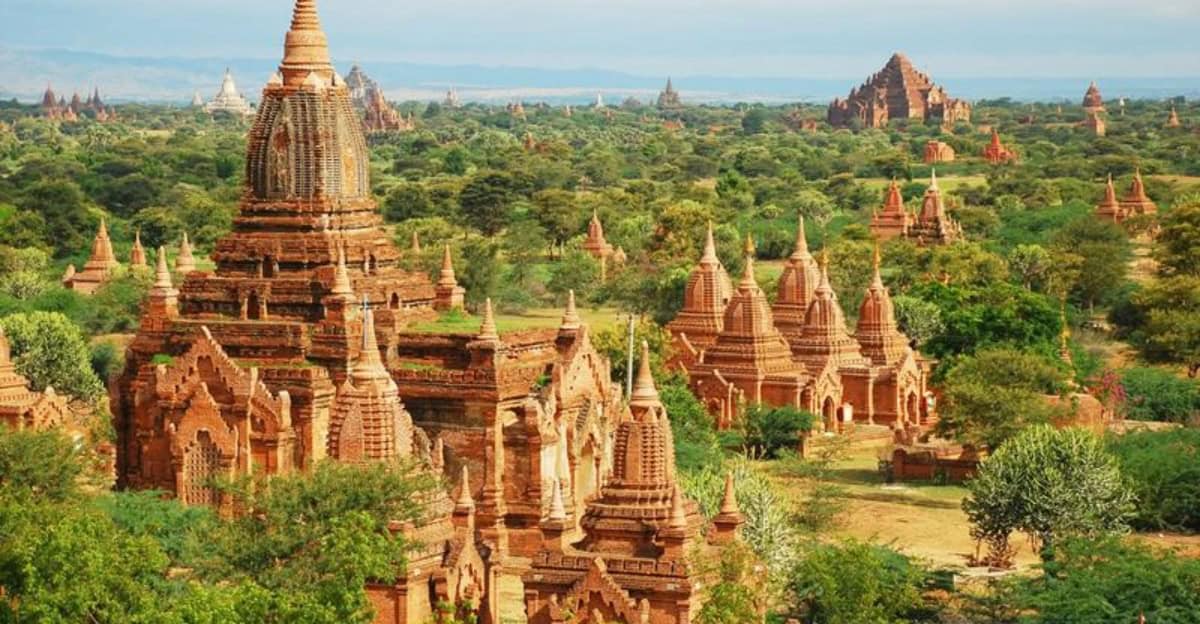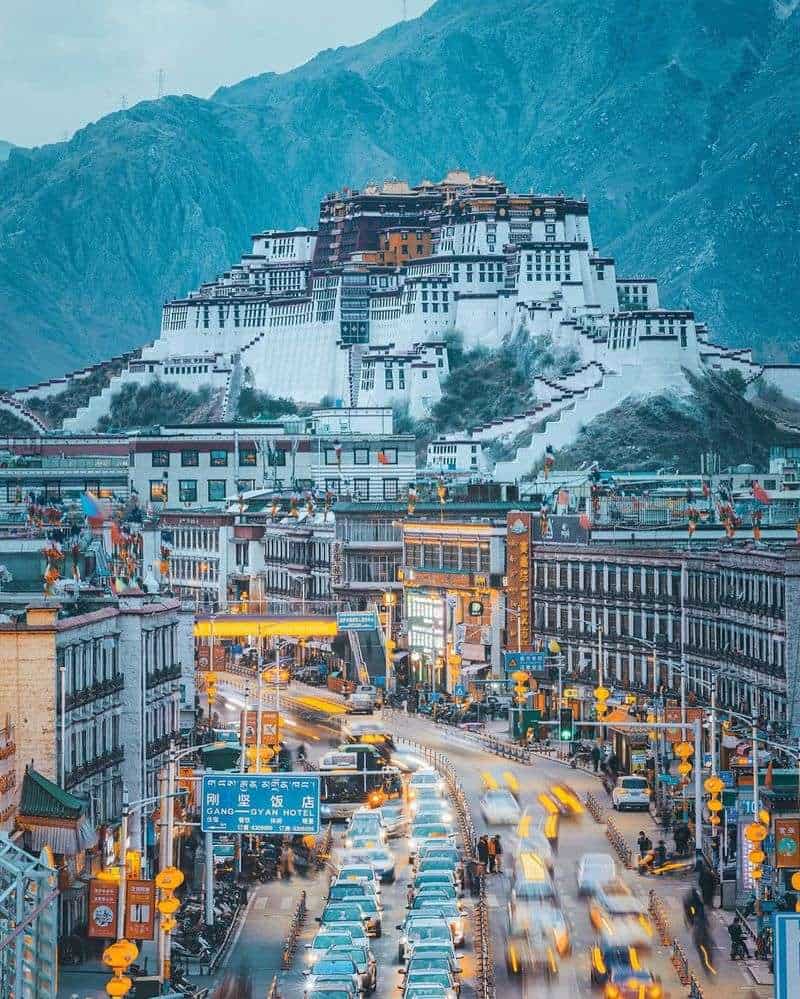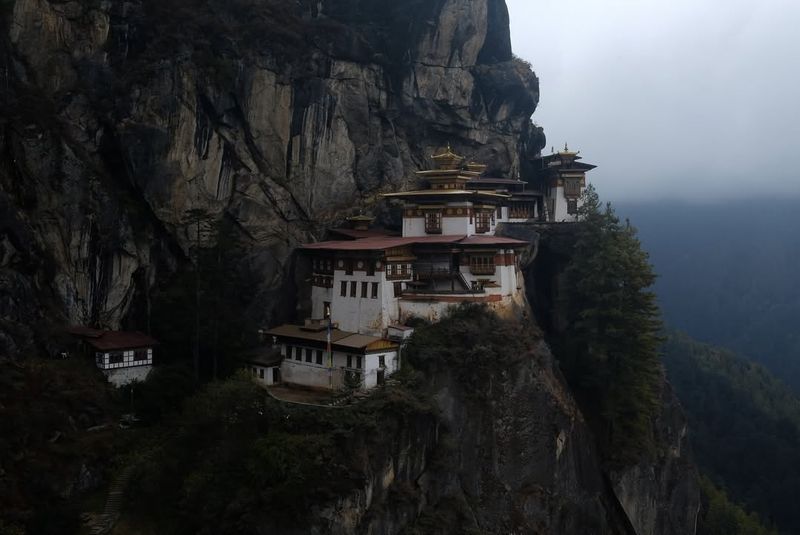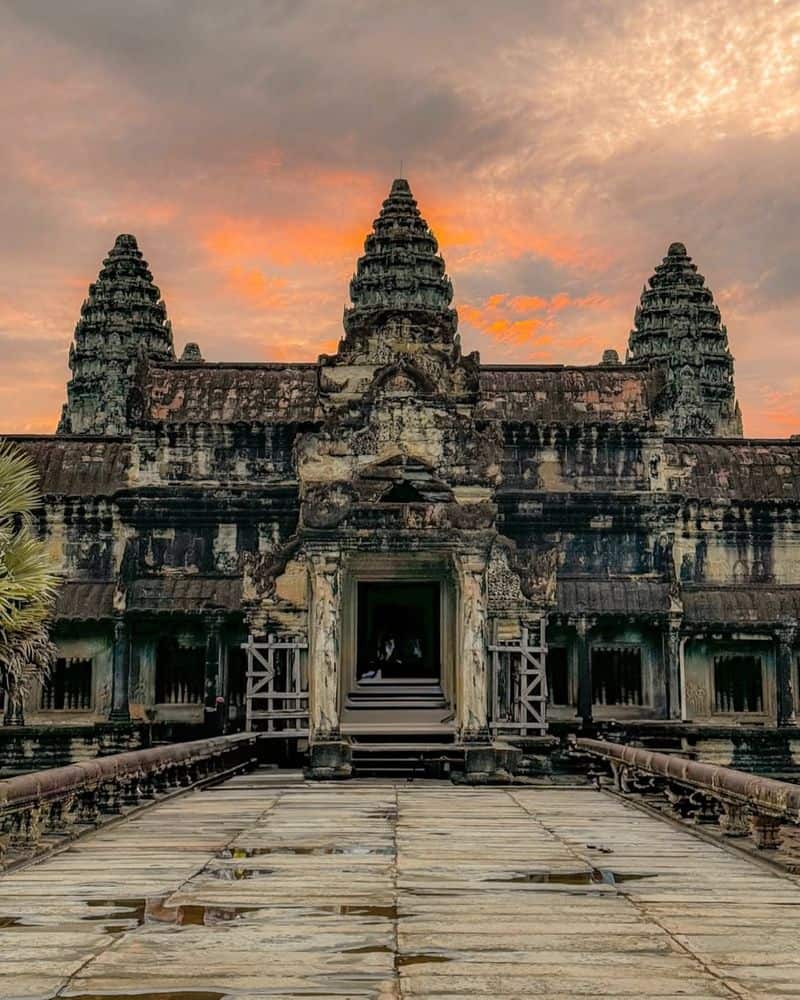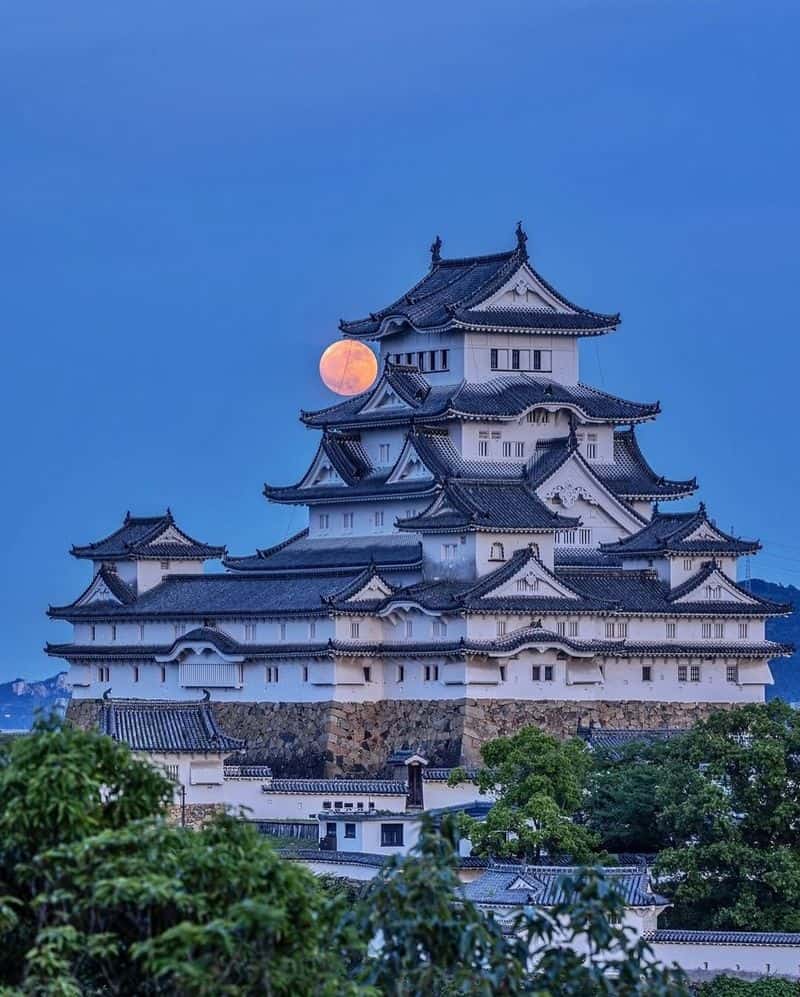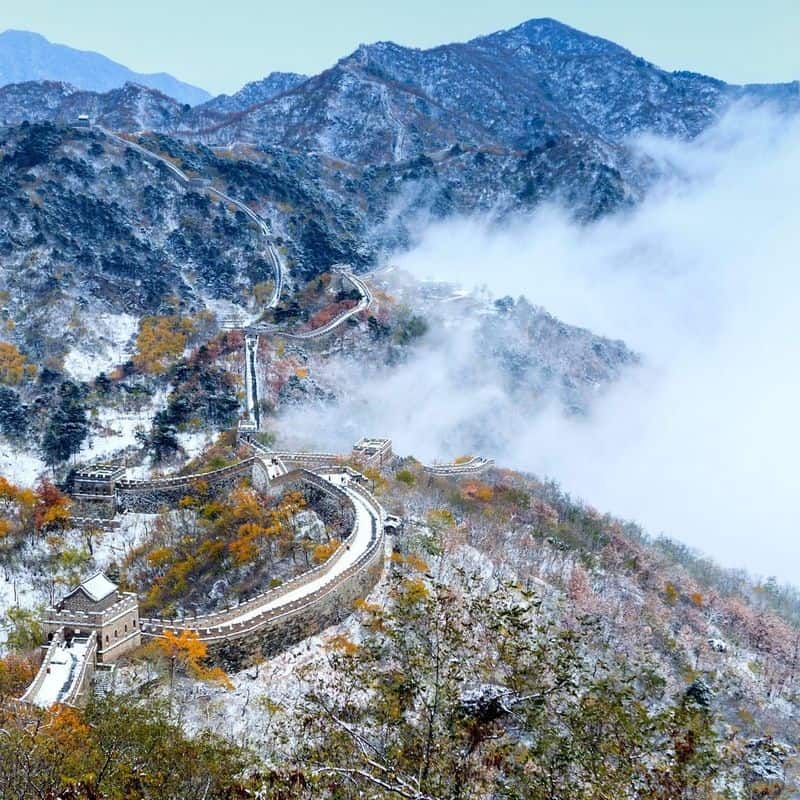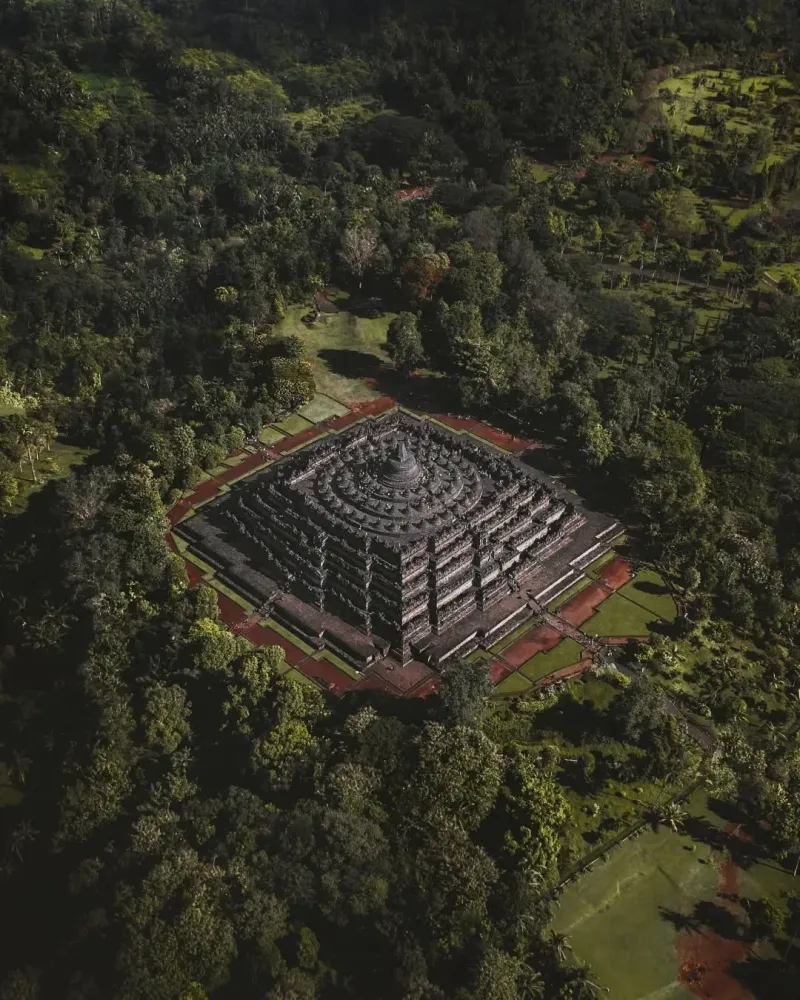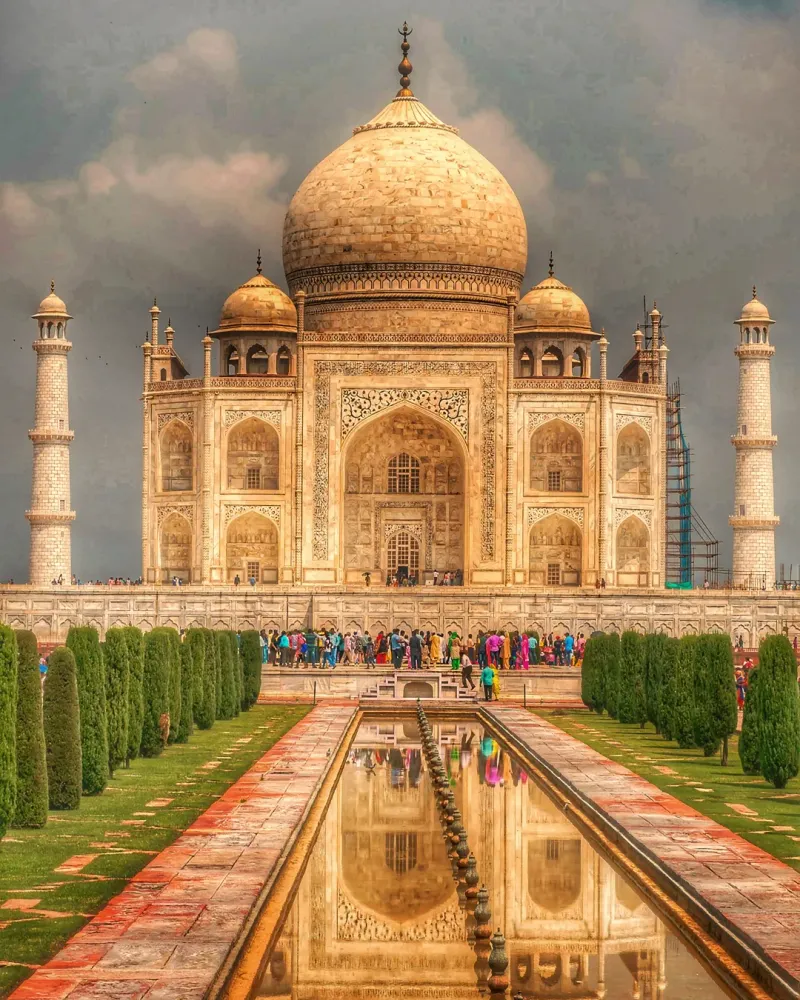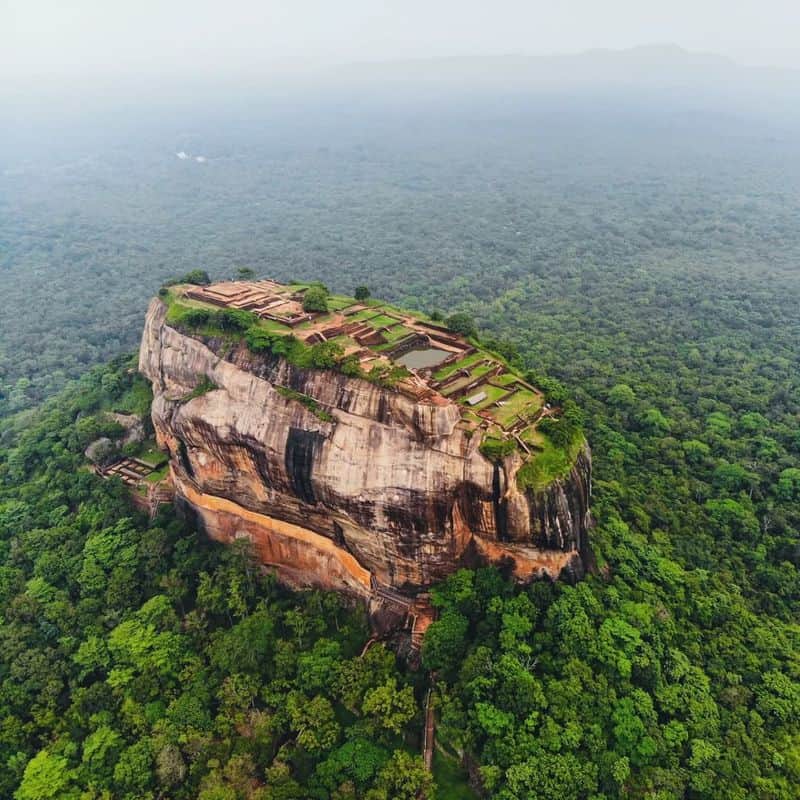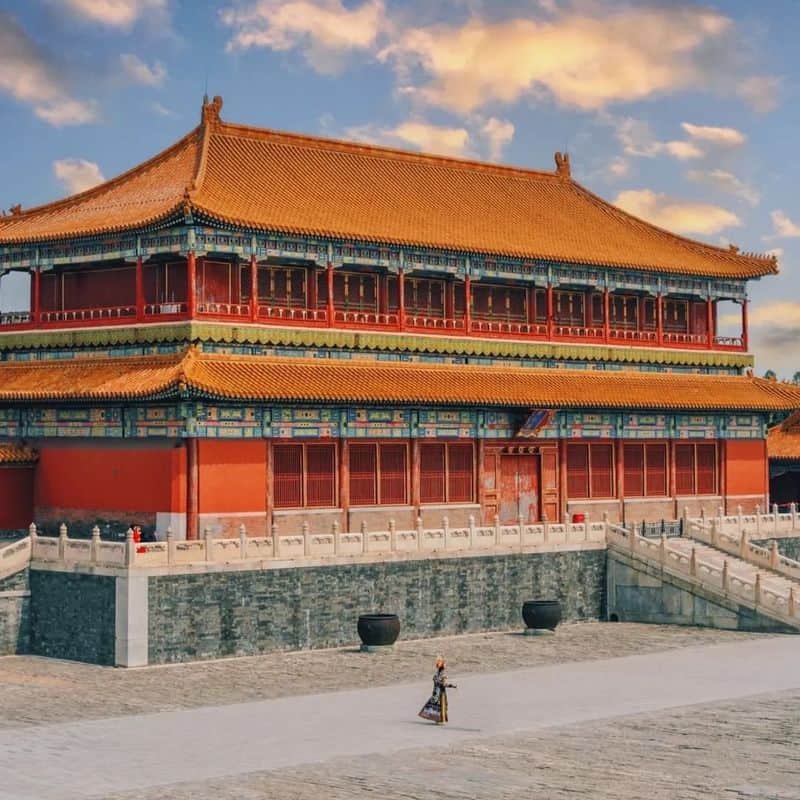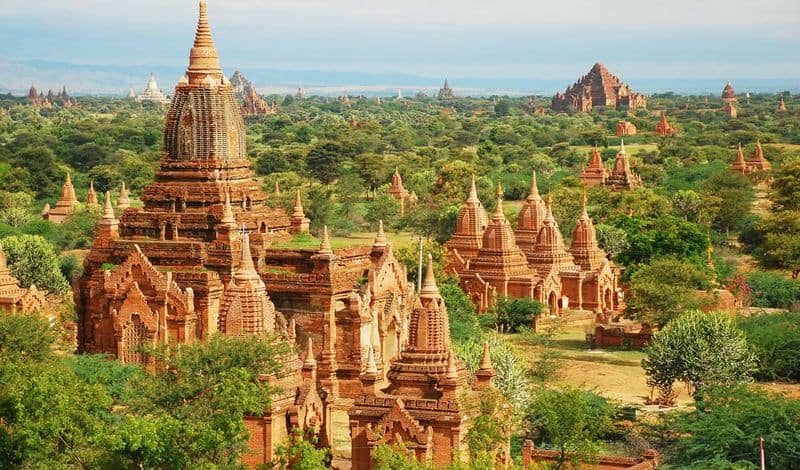Asia, a continent rich with history, is home to some of the world’s most ancient architectural wonders that continue to stand despite the ravages of time.
These structures tell stories of the past and represent the cultural richness and architectural ingenuity of ancient civilizations.
Journey through time and explore 11 of the oldest buildings in Asia that have managed to survive countless eras and continue to enthrall onlookers with their magnificence and mystery.
Each of these historic edifices offers a glimpse into the past, bringing history to life in the modern world.
1. Potala Palace – Tibet
The Potala Palace in Lhasa, Tibet, stands as a monumental symbol of Tibetan Buddhism. Built in the 7th century, it served as the winter palace for the Dalai Lamas.
The structure is awe-inspiring, with over a thousand rooms, towering above the city. Visitors are enchanted by its white walls and vibrant red roofs.
Walking through its halls, you feel a sense of peace and spirituality. The palace overlooks the city, providing stunning views of the surrounding landscape.
Its architectural brilliance continues to impress, and its historical significance resonates deeply with all who visit.
2. Tiger’s Nest Monastery – Bhutan
Tiger’s Nest Monastery, or Paro Taktsang, is Bhutan’s most iconic site. Perched precariously on a cliff, it rises 900 meters above the Paro Valley.
Legend claims Guru Rinpoche flew here on a tigress’s back, bringing Buddhism to Bhutan. The monastery’s location is breathtaking, offering panoramic views of the valley below.
Visitors undertake a challenging hike to reach its sacred halls, where they find peace and solitude. The air is filled with the sound of fluttering prayer flags.
Its mystical allure and spiritual ambiance make it a must-visit for adventurers and spiritual seekers alike.
3. Hanging Monastery – China
The Hanging Monastery in Datong, China, is a marvel of ancient engineering. Built into a cliffside over 1,500 years ago, it appears to defy gravity.
Wooden beams support the structure, showcasing incredible craftsmanship. The monastery is dedicated to Confucianism, Buddhism, and Taoism, making it a unique tri-religion sanctuary.
Visitors are fascinated by its precarious position and serene interiors. The surrounding mountains enhance its dramatic setting.
Standing on its wooden walkways, you can’t help but marvel at human ingenuity. The monastery’s blend of art, religion, and nature is nothing short of extraordinary.
4. Temples of Angkor – Cambodia
Angkor, the heart of the Khmer Empire, boasts some of the world’s most magnificent temples. Constructed in the early 12th century, Angkor Wat is the crown jewel.
The complex, embracing both Buddhism and Hinduism, covers over 400 square kilometers. Its stone carvings and towering spires are remarkable.
Walking through the ruins, you’re transported to a time of emperors and gods. The surrounding jungle adds to its mystique, as ancient roots intertwine with stone.
The sunrise paints the temples in a golden hue, a sight that leaves visitors in awe. Angkor’s timeless beauty continues to inspire wonder.
5. Himeji Castle – Japan
Himeji Castle, often called the White Heron Castle, is a prime example of Japanese feudal architecture. Built in the 14th century, it stands majestically in Hyogo Prefecture.
Known for its white exterior and elegant design, Himeji Castle has survived wars and earthquakes. Walking through its corridors, you feel transported back in time.
The castle is surrounded by cherry blossoms, adding a touch of romance to its majestic presence. Its defensive fortifications and strategic design are marvels of medieval ingenuity.
Himeji Castle continues to captivate visitors with its beauty and historical importance.
6. The Great Wall of China
The Great Wall of China stretches over 13,000 miles, a testament to human tenacity and endurance. Built between the 7th century BC and the 16th century, it protected Chinese states from invasions.
The wall’s sheer scale is overwhelming, snaking over mountains and valleys. Walking along its path, you imagine the soldiers who once stood guard. The watchtowers offer panoramic vistas of the countryside.
Despite its age, the wall remains remarkably intact. It is not just a structure, but a symbol of China’s historical strength and cultural identity, continuing to draw people from around the globe.
7. Borobudur Temple – Indonesia
Borobudur Temple in Indonesia is the world’s largest Buddhist temple. Built in the 9th century, it stands as a testament to Javanese art and culture. The temple’s intricate carvings and stupas are awe-inspiring.
Visitors climb its tiers, exploring stories of Buddha’s life. The surrounding landscape is lush and tranquil. As the sun sets, the temple is bathed in a golden glow, a magical sight.
Borobudur is not just a religious site, it’s a monument to human creativity and devotion. Its preservation and grandeur continue to captivate all who visit, offering peace and reflection.
8. Taj Mahal – India
The Taj Mahal, a symbol of love, stands in Agra, India. Completed in 1643, it was commissioned by Emperor Shah Jahan for his beloved wife, Mumtaz Mahal.
The white marble mausoleum is renowned for its architectural beauty and intricate details. Visitors are mesmerized by its symmetry and shimmering reflection in the pool.
The gardens offer a peaceful respite, a stark contrast to the bustling city. As the sun moves, the Taj changes hues, enchanting all who behold it.
It is a masterpiece of Mughal architecture, a testament to enduring love and artistic excellence.
9. Sigiriya Rock Fortress – Sri Lanka
Sigiriya, the Lion Rock, is a fortress of ancient wonder in Sri Lanka. Rising 200 meters above the jungle, it was a royal citadel in the 5th century.
The rock’s summit holds the ruins of King Kasyapa’s palace, surrounded by beautiful gardens. Visitors climb a series of staircases, passing by impressive frescoes.
The views from the top are breathtaking, a reward for the steep ascent. Sigiriya’s blend of natural beauty and historical intrigue makes it a UNESCO World Heritage Site.
It’s a must-visit for those seeking adventure and a glimpse into Sri Lanka’s rich past.
10. The Forbidden City – China
The Forbidden City in Beijing is a sprawling imperial palace from the Ming dynasty. Built in the early 15th century, it served as the home for emperors for nearly 500 years.
The complex is a masterpiece of Chinese architecture, featuring nearly 1,000 buildings. Walking through its gates, you’re enveloped in history.
The opulent halls and serene gardens whisper tales of emperors and concubines. Its golden roofs and vibrant red walls are iconic.
Despite modernization, the Forbidden City’s cultural and historical significance remains. It’s a symbol of China’s enduring imperial legacy, fascinating visitors worldwide.
11. Bagan Temples – Myanmar
Bagan, Myanmar’s ancient city, is home to over 2,000 temples and pagodas. Built between the 9th and 13th centuries, it was the capital of the Pagan Kingdom.
The landscape is dotted with spires, a mesmerizing sight. Visitors explore by foot, bicycle, or hot air balloon, marveling at the architectural diversity.
The sunrise casts a golden glow over the temples, a breathtaking experience. Bagan’s spiritual ambiance and historical depth make it a UNESCO World Heritage Site.
It’s a haven for history buffs and those seeking a connection to Myanmar’s rich cultural heritage.

